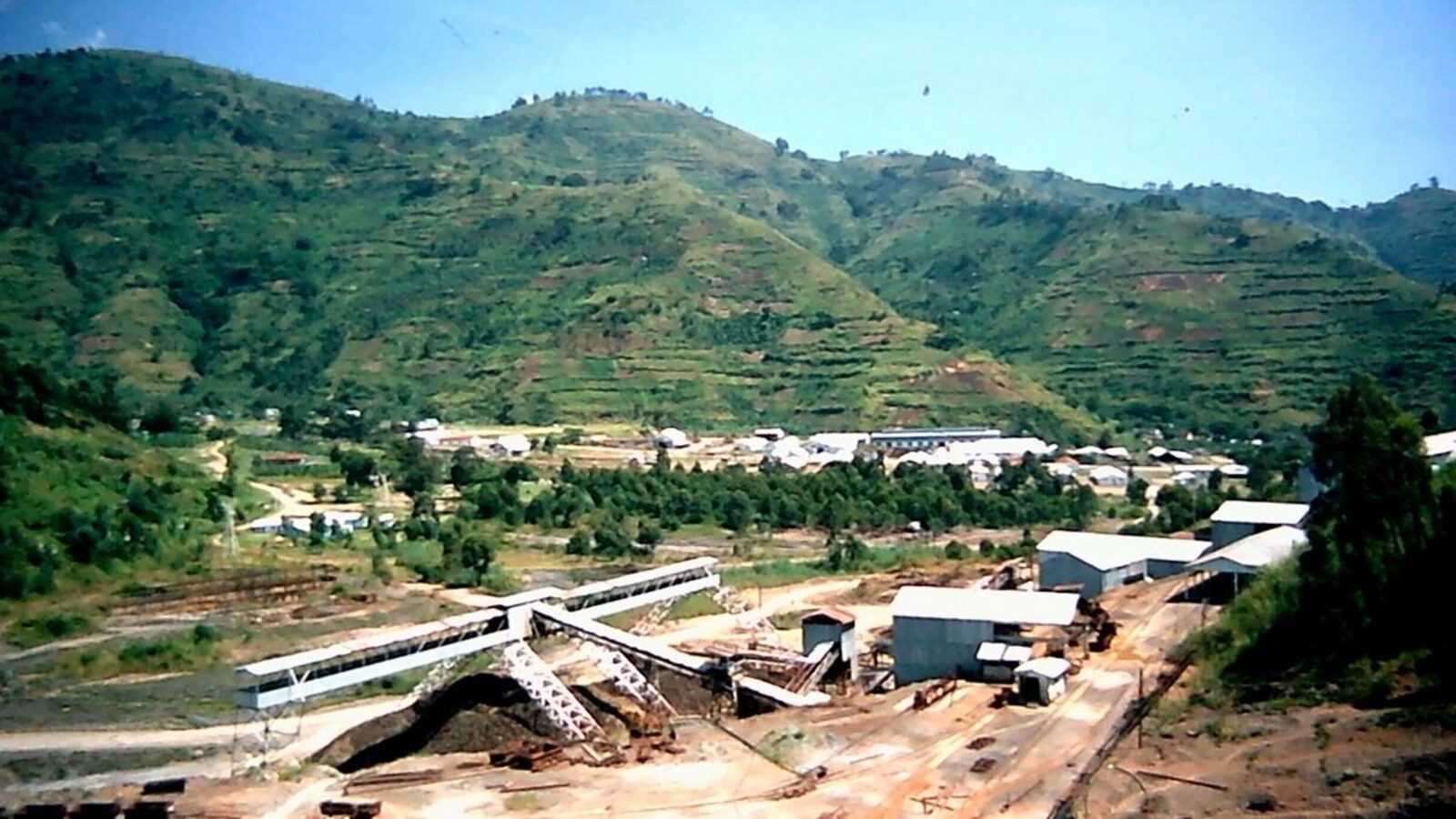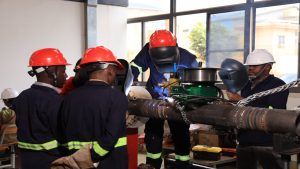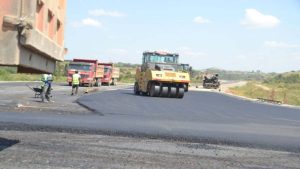Share
The Ugandan government is carefully organizing the resuscitation of copper and cobalt extraction at the old Kilembe mines, a calculated move intended to capitalize on the expanding global electric vehicle (EV) market and support its mineral sector.
The Kilembe mines, which are located close to the Democratic Republic of the Congo (DRC) border in western Uganda amid lush scenery, have great potential for sustainable development and economic revival.

The government’s strong desire to capitalize on the rising demand for minerals worldwide, especially cobalt, which is necessary for electric vehicle batteries, shows how committed it is to diversifying the economy and using the nation’s natural resources to promote equitable growth.
Uganda understands the critical role that locally derived minerals can play in propelling the country’s transition towards a more sustainable future, particularly with the arrival of the green revolution, which is marked by a shift towards cleaner energy sources.
A recent request for bids to revitalize Kilembe’s mining activities attracted a lot of interest from the industry, and in December 2023, four well-known organizations submitted proposals.
The following companies are in the running to become partners with the mostly government-owned Kilembe Mines Ltd. (KLM): Gingko Energy, Liaoning Hongda (doing business as Wagagai Mining), Sinomine Power China, and Sarrai Group.
Expectations are high for a successful partnership that will harness the knowledge and resources required to revitalize the mines while the government considers which bidder is the best.
But there are obstacles in the way of reviving Kilembe’s mining activities. The mines have a mixed history, with periods of prosperity and decline interspersed with an estimated four million tonnes of copper and cobalt-rich ore.
The mines had a major impact on Uganda’s economy from their start in 1956 until production was shut down in 1982, adding a considerable amount to both the GDP and job market.
Mining operations were discontinued as a result of several obstacles that were experienced in the years that followed, such as declining copper prices and deteriorating infrastructure. The allocation of a 25-year concession to Tibetan Hima, a Chinese corporation tasked with operating and rejuvenating the mines, in 2013 gave rise to new aspirations.
But despite early hopes, the project had many difficulties, which led to the government’s decision to end the concession due to sluggish pace and missed deadlines.
Important concerns over the future of the Kilembe mines and Uganda’s mineral industry overall were brought up by the concession’s termination. The president of the Geological Society of Uganda, Alex Kwatampora, emphasizes the necessity for strategic investments in downstream processing facilities and pushes for a paradigm change towards local value addition.
Kwatampora states, “The government should build a smelter plant or a cobalt factory in Uganda,” emphasizing the possible financial gains from value-added mineral processing.
Goville Kasiano, a seasoned miner with decades of experience at Kilembe Mines Ltd., reflects on the past and offers insights into the operational difficulties encountered during the Tibetan Hima concession era.
Recalling that “they were only mining copper from support pillars, which was dangerous to the lives of the workers,” Kasiano emphasizes the significance of safe and responsible mining procedures.
Motivated by a vision of sustainable development and green innovation, Uganda is resolute in its quest of rejuvenating the Kilembe mines despite the obstacles and difficulties faced.
Uganda hopes to become a leader in Africa’s clean energy transition by utilizing locally extracted copper and cobalt for the manufacture of EV batteries.
The innovative CEO of eWAKA, a Nairobi-based business that specializes in electric mobility solutions, Celeste Vogel, highlights the vital role that essential minerals play in accelerating the shift to renewable energy.
Vogel urges, “We need to accelerate production of locally made batteries to transition to clean energy,” emphasizing how critical it is to use available resources in the area for sustainable development. Careful planning, responsible funding, and a strong dedication to environmental sustainability will be essential as Uganda takes on this enormous undertaking. Uganda has the ability to lead Africa’s shift to cleaner energy and accelerate economic growth by utilizing its mineral richness for green innovation. This would set a precedent for sustainable development both within and outside of the continent.









